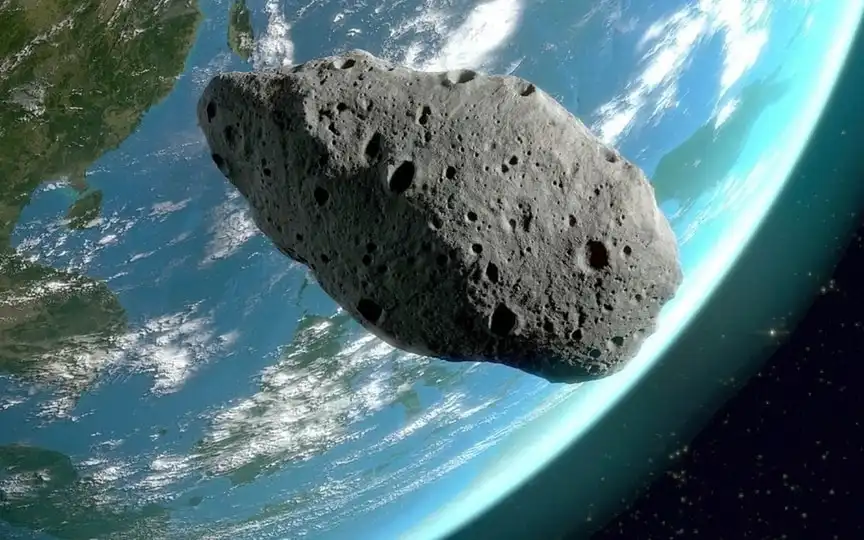NASA reports that an asteroid the size of an aircraft will come within 5.8 million kilometers of Earth; Learn about its speed, size, and other details
NASA has provided information on an asteroid that is set to come closest to Earth on March 3. This near approach comes after several other asteroid encounters last month, including one labeled as Potentially Hazardous Asteroid 2008 OS7. NASA monitored the asteroid’s path using its sophisticated telescopes both in space and on the ground. Learn more about the upcoming close encounter.
Asteroid 2019 DA1: Speed, Size and More
NASA’s Center for Near-Earth Object Studies (CNEOS) has named the asteroid Asteroid 2019 DA1. This Near-Earth Asteroid (NEA) is expected to make its closest approach to the planet at a speed of about 48186 kilometers per hour, which is much faster than an Intercontinental Ballistic Missile (ICBM)!
During its closest flyby on March 3, the asteroid will pass the planet at a distance of about 5.6 million kilometers. It is important to note that although it has been called a near-Earth asteroid due to its close flyby distance, it is not expected to actually impact the planet.
It belongs to the Apollo group of Near-Earth Asteroids, which are space rocks that pass through the Earth and whose semi-major axes are larger than the Earth’s axis. These asteroids are named after the huge 1862 Apollo asteroid discovered by German astronomer Karl Reinmuth in the 1930s.
Is it dangerous?
According to NASA, Asteroid 2019 DA1 is about 71 feet across, making it almost the size of an airplane. However, it poses no danger to Earth and is not classified as a “potentially hazardous asteroid” due to its relatively small size. NASA says that only celestial bodies larger than 492 feet that pass Earth closer than 7.5 million kilometers are defined as such.
Amazingly, this is not the first time this asteroid has come close to a planet. Asteroid 2019 DA1 first came close to Earth on February 16, 1972, when it passed the planet at 45 million kilometers. After today, this Apollo Group asteroid will fly past Earth on February 26, 2029, flying at a distance of about 18 million kilometers.




